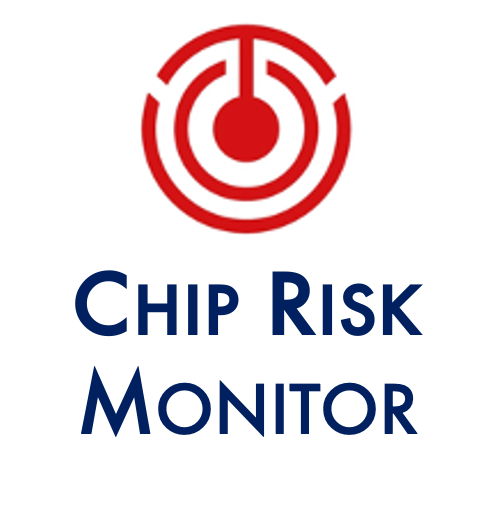Introduction: Targeting the Core
The Chinese Communist Party (CCP) supports its State champion semiconductor players – ranging from global and more well-known leaders like Huawei and SMIC to more niche, growing manufacturers like YMTC and CXMT – in order to guarantee leverage over a supply chain that carries economic as well as geopolitical importance. Chinese control of critical inputs places at risk the products that require those inputs. And Chinese control of those products can place at risk the infrastructures and systems that depend on them.
These risks – and the People’s Republic of China’s (PRC) leverage – are not diminishing despite the tit-for-tat of export restrictions that have been pursued by both sides of the U.S.-China contest over the past year. China’s champions have continued to access necessary semiconductor equipment and intellectual property; they have expanded their market share and global presence; they are raising money from Chinese and foreign exchanges and decreasing their cost of capital.
In China, these players have also risen in political importance. They are protected and guided by Beijing’s industrial policy. They are subsidized to pursue increasingly advanced capabilities. They benefit from a Chinese approach to incubating champions all along the value chain. That approach touches everything from critical semiconductor materials to the purchasing power of China’s vast array of electronics and industrial manufacturing titans that consume semiconductors.
These trends require monitoring. Supply chains exposed to China’s semiconductor champions face latent costs in terms of sourcing risks and operational reliability. Where exposure to Chinese dominated nodes in critical semiconductor supply chains is obfuscated, it is necessary to dig deep to understand where points of failure may emerge. It is just as necessary and valuable to see how China’s semiconductor champions – and their increasingly well wired political and capital situation – position for strategic investments in terms of overseas acquisitions and domestic product developments. These strategies may pose strategic challenges to emerging and strategic U.S. technological capabilities and to a range of international markets and regulators.

